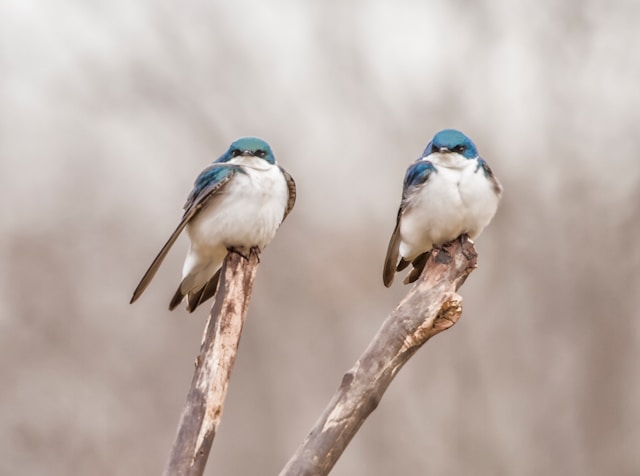Introduction
Bird photography in New Zealand offers enthusiasts a chance to capture the unique avian diversity of this island nation. From the iconic kiwi to the majestic albatross, New Zealand hosts a wide range of bird species that are a delight to photograph. However, photographing birds can be challenging due to their quick movements and often shy behavior. This article provides essential tips and techniques to help you capture stunning images of New Zealand’s birds.
Understanding Bird Behavior
To capture compelling bird photographs, it’s crucial to understand the behavior of the species you’re photographing. Many New Zealand birds are active during specific times of the day or exhibit distinctive behaviors such as feeding or mating displays. Researching your subject beforehand will increase your chances of being in the right place at the right time.
Choosing the Right Gear
Invest in a good quality camera and lens suitable for bird photography. A telephoto lens with a focal length of at least 300mm is recommended to capture birds from a distance without disturbing them. Consider using a tripod or monopod for stability, especially when using longer lenses. Additionally, waterproof gear is beneficial when photographing in New Zealand’s varied weather conditions.
Lighting and Composition
Lighting plays a crucial role in bird photography. Early morning and late afternoon provide soft, warm light that enhances colors and textures. Avoid harsh midday sun whenever possible. Experiment with different angles and compositions to create visually appealing images. Focus on the bird’s eyes to create a connection with the viewer.
Patience and Persistence
Successful bird photography requires patience and persistence. Be prepared to spend time observing and waiting for the perfect moment to capture a behavior or expression. Use camouflage or blinds to minimize disturbance and increase your chances of getting closer to your subjects.
Respect Wildlife
Respect the natural environment and welfare of the birds you photograph. Avoid disturbing nests or habitats, and adhere to local regulations and guidelines for wildlife photography. Use ethical practices such as not baiting or harassing birds to get closer shots.
Post-Processing and Editing
Post-processing can enhance your bird photographs by adjusting exposure, sharpness, and color balance. Use editing software to refine your images while maintaining a natural appearance. Avoid over-editing, which can detract from the authenticity of wildlife photography.
Conclusion
Bird photography in New Zealand presents a rewarding challenge for photographers eager to capture the country’s diverse avian life. By understanding bird behavior, using the right equipment, and practicing patience and respect for wildlife, you can create stunning images that showcase the beauty and uniqueness of New Zealand’s birds.
